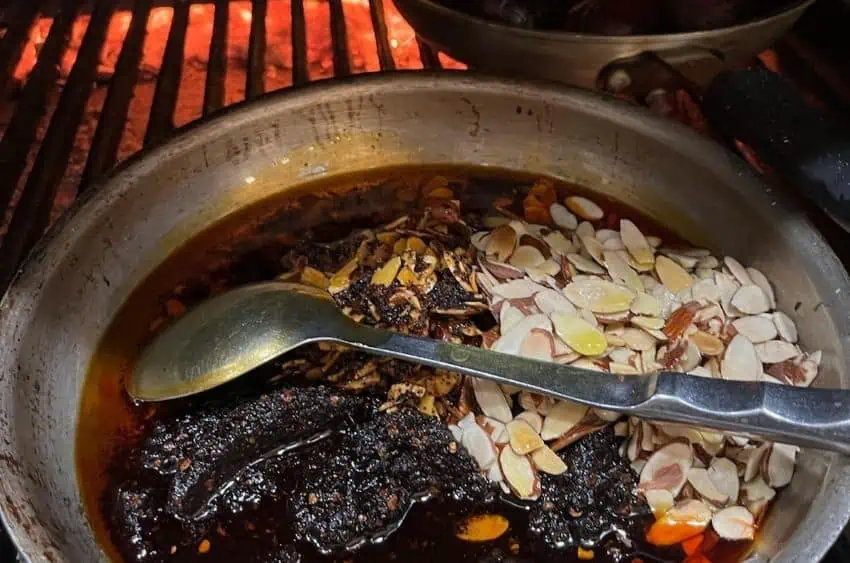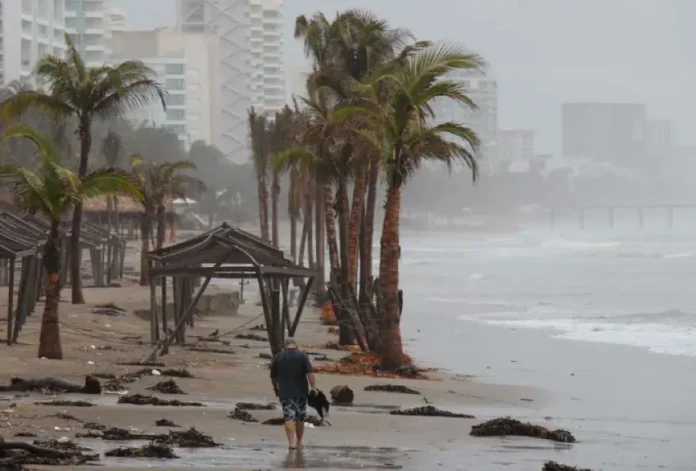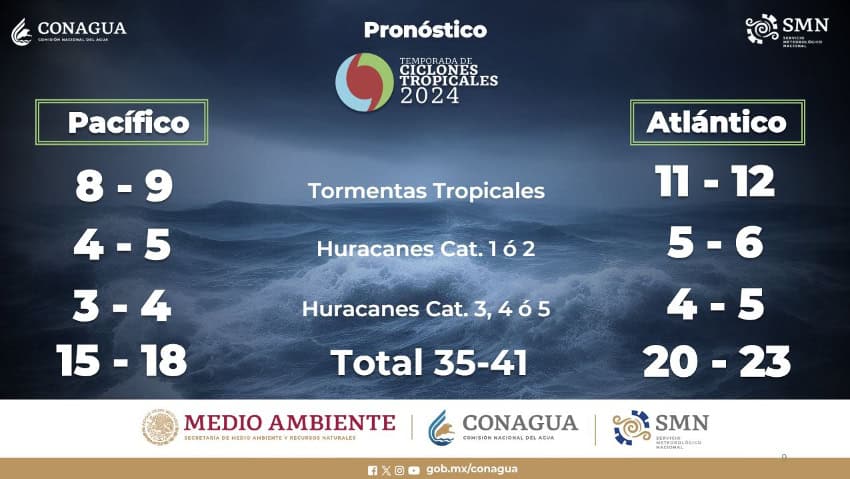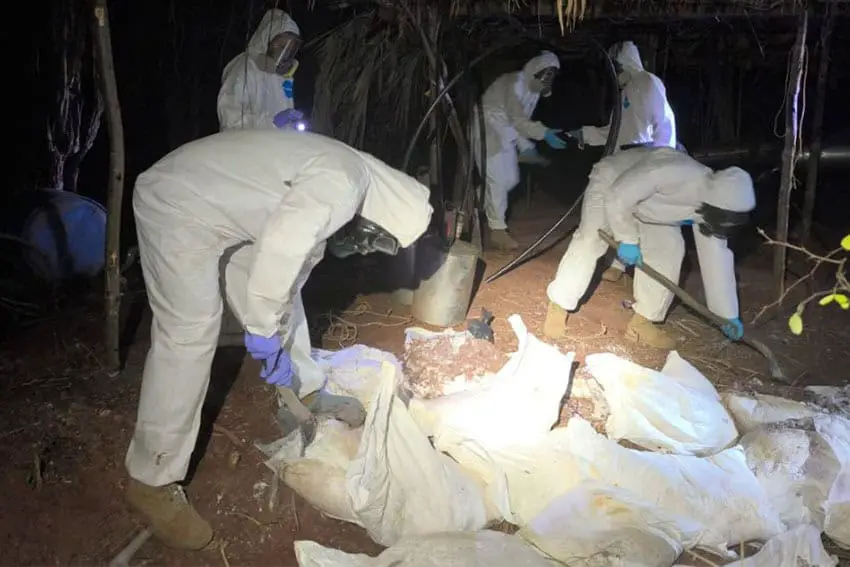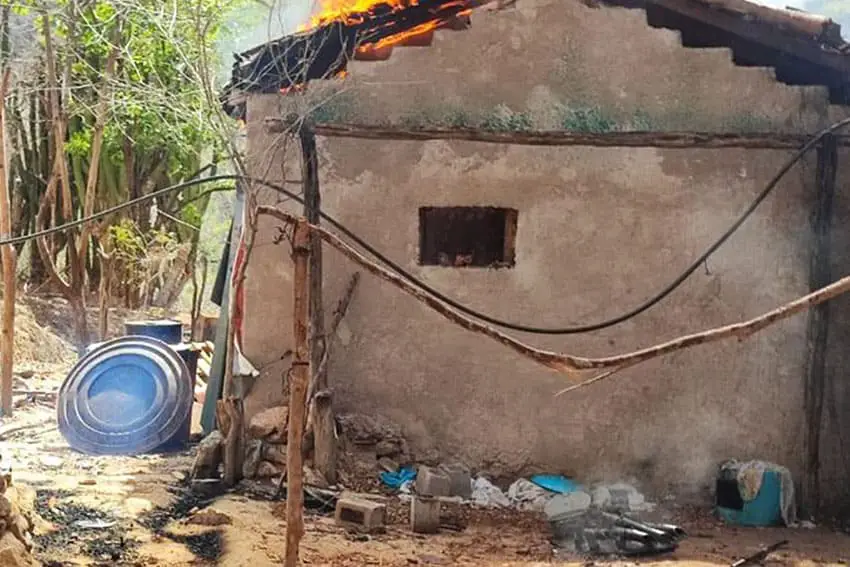Mérida, the vibrant, sweltering capital of the state of Yucatán, is currently experiencing a booming real estate market, attractive to local and foreign investors alike. Potential buyers are lured by the city’s cultural wealth, its ranking as the safest city in the safest state in Mexico and its proximity to the Mayan ruins, cenotes, and beaches that highlight the peninsula. As a result, Mérida real estate is proving to be extremely desirable for those seeking a new life in the sun.
With over 1 million residents and counting, Mérida retains a uniquely yucatense charm, with a vibrant cultural scene and a slower, almost pueblo-like pace when compared to other similarly-sized Mexican cities. Expat immigrants in Mérida typically cite its colonial architecture, dynamic culinary scene, and proximity to other attractions (such as cenotes and beaches) for their choice.
So, where are the most attractive neighbourhoods in the city found?

Mérida’s Real Estate Landscape
Mérida’s central district, known as Centro has a strong claim as the most beautiful in Mexico. It is home to colonial architecture, incredible food, culture and nightlife. As beautiful as the area is, however, most long-term residents prefer to live outside of the traffic snarls and parking issues of the downtown.
Heading north from Centro, Mérida’s most famous street is the Paseo de Montejo, a beautiful, leafy artery. The avenue is lined with hip shops, restaurants and seventeenth-century palacios of the era’s agricultural barons.
Keep heading north from Montejo and you encounter some of Mérida’s most desirable neighborhoods where you can find modern homes, easy parking and access to the best schools and higher-end shopping.
Also of note: The Mérida Norte area boasts some of Yucatán’s most modern hospitals, such as Star Médica and El Faro de Mayab.
Which suburbs are best for real estate in Mérida?
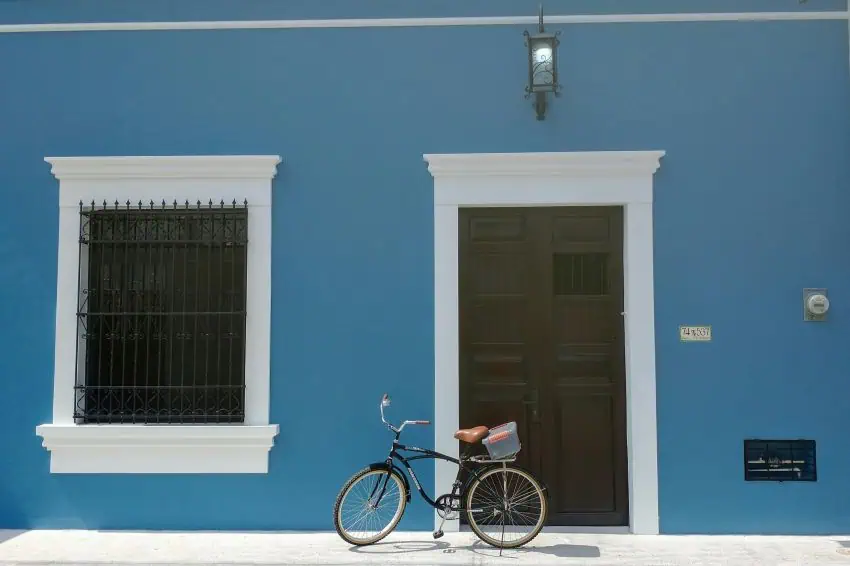
Some of the neighborhoods of note in this area include:
- Montebello. A tranquil residential area known for its tree-lined streets and upscale homes, a world away from the bustle of the centro.
Price range US$175,000 to $474,000
- Altabrisa. A lively residential and shopping area characterized by modern amenities and high-end living options.
Price range: US$295,000 to US$1.2 million
- Montes de Ame. A family-friendly neighborhood with a mix of parks, schools, and shopping.
Price range: US$150,000 to $350,000
- Temozón Norte. A rapidly-growing area with easy access to the infrastructure and amenities of all the northern areas of Mérida.
Price range: US$240,000 to $700,000 for larger estates.
- San Ramón Norte. A blend of the old and the new, where the buyer can find a mix of modern residences and restored colonial buildings.
Price range: US$120,000 to $300,000
City limits
Further north, outside of the periferíco (a freeway that rings the city), you have a chance to spread out on a bigger-sized lot as much of what was once farmland has been taken over by modern townhouse developments and houses with small lots. The east, south, and far west of the city are places where you can find far more economical properties that still retain an authentic charm, though these areas see far less foreign investment. For those in search of the idea “fixer-upper” this area is perfect, as many of the charming colonial homes of Centro have been renovated according to the views of previous owners.
Insider tips for investors
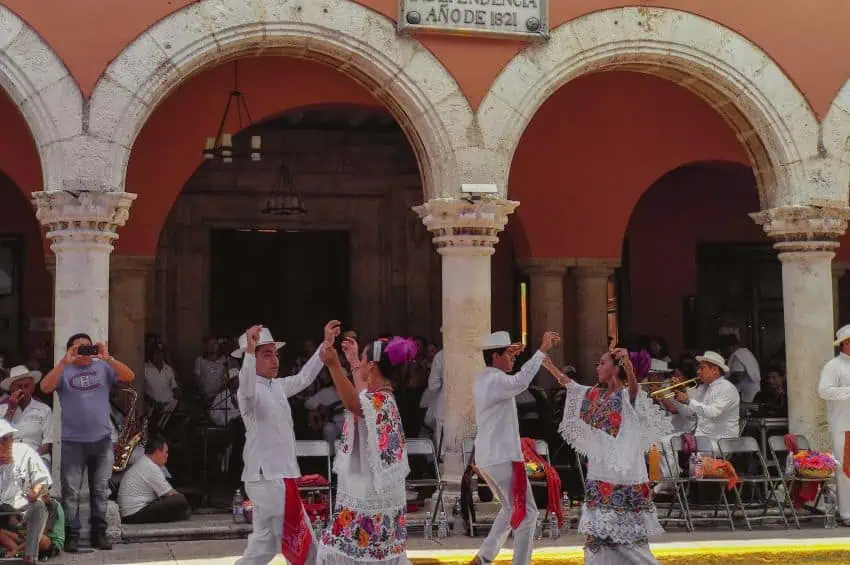
The adjustments for expats in Mérida are similar to the adjustments that come with life in other Mexican cities.
“Building connections within the local community is key to finding your dream home in Mérida,” says James, 34, a longtime Mérida transplant. “Engage with expat groups [and] local real estate agents and fellow residents to gain valuable insights and recommendations.”
“It is important to understand your and your family’s priorities before making a purchase,” says Ryan, 53.
Mérida is an exceptionally safe city with a wide selection of international bilingual schools for youngsters. One thing to consider, however, is that Yucatan’s flat topography means there is little in the way of views here. Unless you count gazing westward at sunset and drinking in the rich patina of cotton-candy-colored skies, there are no homes with views — unless one finds a third-floor-or-higher condo.
Local Meridana Andrea Campos is a real estate agent in the city. She advises potential buyers to find an agent with experience abroad or with foreigners.
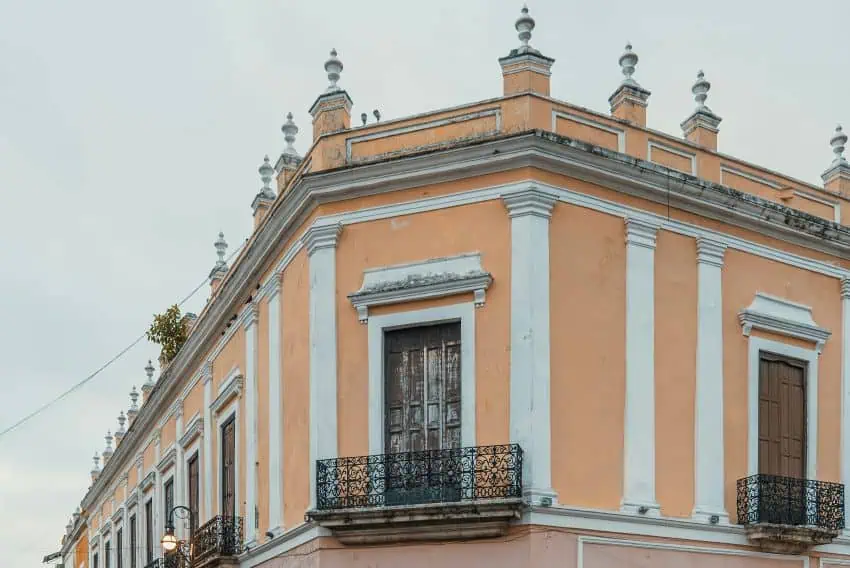
“And read their CV carefully to make sure they have relevant education — such as a master’s in real estate development or [something] similar — so you know you’ll be getting a higher standard of service.”
According to Campos, a big help for many is contracting a “personal shopper” who can do much of the legwork in finding properties and adapting to the needs of a foreign buyer.
Why choose Mérida?
Mérida, in general, is a welcoming place for expat residents, but it is important to be aware of a few potential challenges to making a move here. The heat, for one, is punishing, and potential residents should be prepared to bear it year-round. Another challenge is the daily traffic, as Mérida is a growing city and lacks the infrastructure to handle so many daily drivers. The local government is making efforts to alleviate the problem with electric bus services.
There is a lack of topographic scenery, and a lack of opportunity to surf, as the ocean holds no more swell than a ripple. The windy conditions are ideal for kitesurfing, however, and most days, one can spot the harnessed riders silhouetted against the sunset, tearing across the choppy water of the gulf.
Mérida remains a popular hotspot for real estate investment, not just for expats but also for Mexicans fleeing the hustle and bustle of cities like Monterrey, Guadalajara and Mexico City. The lifestyle here is undeniably attractive for expats: vibrant culture, friendly locals, plenty of sunshine, well-connected flights, a surfeit of local tourist attractions and superlative regional food.
Look past the heat, the flat landscape, and the flat water of the beach, and you’ve found yourself a slice of paradise.


